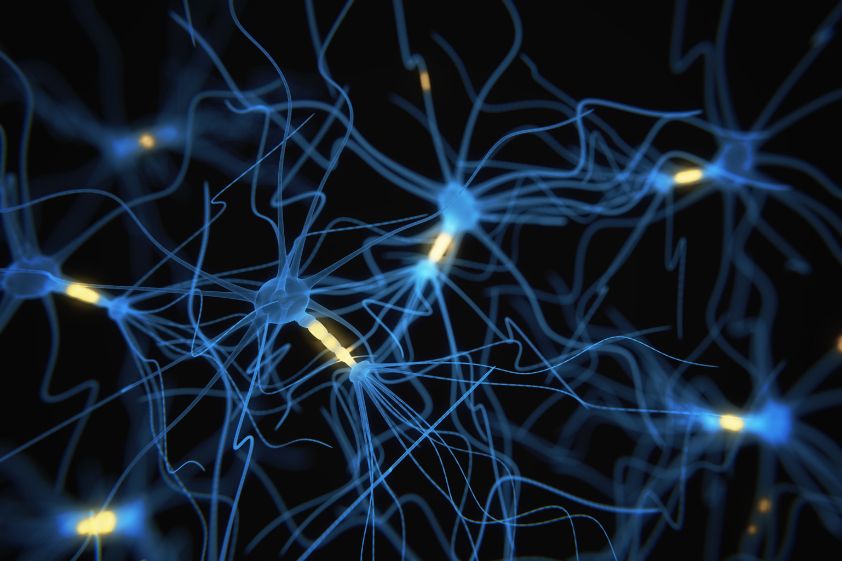The Memi difference
Discover the similarities and differences between MEMI and other effective therapeutic approaches.
At Multichannel Eye Movement Integration, we specialize in providing a fast, integrative, and non-invasive approach to trauma resolution. However, we understand that each individual’s healing journey is unique, and different therapeutic methods may better suit specific needs and preferences.
Below, we compare MEMI with other eye movement therapies to give you insight and to help you choose the best approach for you.
MEMI vs. ART
Accelerated Resolution Therapy (ART) shares similarities with EMDR but incorporates guided visualization techniques to help clients “rewrite” traumatic memories. ART relies on therapist-led protocols where clients replace distressing images with neutral or positive ones. MEMI, on the other hand, does not require guided imagery or memory alteration—rather, it facilitates natural memory reconsolidation through sensory-based eye movement techniques. This allows for a more organic and non-invasive healing process. MEMI is also typically faster, often providing relief in just 1-2 sessions, whereas ART may require multiple sessions depending on the complexity of the trauma.
MEMI vs. BSP
Brainspotting (BSP) is a trauma therapy that identifies specific “brainspots” in the client’s visual field linked to unresolved trauma. This method is heavily body-focused, encouraging clients to process trauma through deep somatic awareness and emotional release. In contrast, MEMI applies structured, multi-directional eye movements to stimulate different neural pathways, allowing for faster and more automatic trauma integration. While Brainspotting is open-ended and exploratory, MEMI is more structured and efficient, often achieving results in fewer sessions. Clients who prefer a clear, guided approach with minimal emotional overwhelm may find MEMI to be a better fit.
MEMI vs. EMDR
Eye Movement Desensitization and Reprocessing (EMDR) is a widely recognized therapy for trauma and PTSD that uses bilateral eye movements to help clients reprocess distressing memories. While EMDR has a structured, multi-phase protocol requiring cognitive engagement and multiple sessions, Multichannel Eye Movement Integration (MEMI) offers a faster, more intuitive approach. MEMI utilizes multi-directional eye movements across the visual field to facilitate rapid memory integration without requiring extensive verbal processing or cognitive restructuring. This makes MEMI a gentler and more accessible option, particularly for clients who may find EMDR’s prolonged and structured sessions overwhelming.
Professional Testimonials




Who Can Benefit from MEMI?
- Trauma Therapists: Use MEMI to help clients process memories quickly and effectively without prolonged or invasive techniques.
- Clients Sensitive to Intense Therapy: MEMI’s gentle, sensory-based approach is ideal for those who find structured protocols overwhelming.
- Practitioners Seeking Simplicity: MEMI’s straightforward training requirements make it an accessible tool for therapists, life coaches, and hypnotherapists.
Ready to Transform Your Practice with MEMI?
Don’t wait to elevate your practice — schedule your personalized demo today and see how MEMI can make a difference for you and your clients.



